

The Bentsjord Estate (Norwegian: Bentsjordgodset), also known as the Moursund Estate (Norwegian: Det moursundske gods), was an estate in Troms, Norway.


The Bentsjord Estate (Norwegian: Bentsjordgodset), also known as the Moursund Estate (Norwegian: Det moursundske gods), was an estate in Troms, Norway.
From 1783, the southern part of the Tromsø Estate belonged to the Moursund family, whose seat was the Bentsjord Farm. Through his marriage to Elisabeth Wasmuth, who was the heiress to part of the Tromsø Estate, Hans Andreas Moursund (died 1802) became the owner of this land. His son was Andreas Røst Moursund (died 1850), whose only son was Hans Andreas Moursund (1818–1880). Hans Andreas Moursund Jr. started selling off the estate.
In 1860, the estate consisted of approximately 300 farm parcels in Tromsøysund, Balsfjord, Malangen, and Hillesøy, and approximately 5,000 hectares (12,000 acres) of forest. Many farm parcels were sold to their respective tenant farmers in and after 1862. In 1892, the state bought the forest, which was subsequently sold to the tenant farmers. The Bentsjord Farm was sold at auction in 1890. By 1900, the Bentsjord Estate had been effectively dissolved.
Notable people born at the Bentsjord Estate include:

Hans Nielsen Hauge was a 19th-century Norwegian Lutheran lay minister, spiritual leader, business entrepreneur, social reformer and author. He led a noted Pietism revival known as the Haugean movement. Hauge is also considered to have been influential in the early industrialization of Norway.
Aristocracy of Norway refers to modern and medieval aristocracy in Norway. Additionally, there have been economical, political, and military élites that—relating to the main lines of Norway's history—are generally accepted as nominal predecessors of the aforementioned. Since the 16th century, modern aristocracy is known as nobility.

Christian Heinrich Grosch was a Norwegian architect. He was a dominant figure in Norwegian architecture in the first half of the 1800s.

Peder Balke was a Norwegian painter. He is known for portraying the landscape of Norway in a romantic and dramatic manner. He was also active in the field of social justice.

Ulefoss is the administrative centre of Nome municipality in Telemark, Norway. Its population is 2,699.
Peder Christian Hersleb Kjerschow was a Norwegian clergyman.

Thomas Offenberg Backer was a Norwegian engineer.

Gerhard Schøning was a Norwegian historian. His Reise som giennem en Deel af Norge i de Aar 1773, 1774, 1775 paa Hans Majestets Kongens Bekostning documenting travel through Trondheim, Gudbrandsdal and Hedmark, Norway in 1773–1775 has been recognized as both a historical reference and as a "minor travel classic."
Ask is a village in Ringerike municipality, Buskerud, Norway. Ash is located along Norwegian national road Rv35 approx. 6 km southwest of the municipality Hønefoss. The village once had a railway station on the Randsfjord Line. Ask is most known for Ask Chapel and for Ask gods, a Manor house owned by the Løvenskiold family.
Andreas Hauge was a Norwegian priest, educator, editor and hymn writer. He also served as a representative in the Norwegian Parliament.
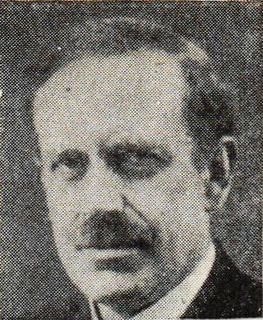
Ole Andreas Krogness was a Norwegian physicist. He worked for the establishment of a geophysical institute in Tromsø, and served as the institute's manager from 1918 to 1922. He was instrumental in many geophysical accomplishments in northern Norway in the early 20th century.
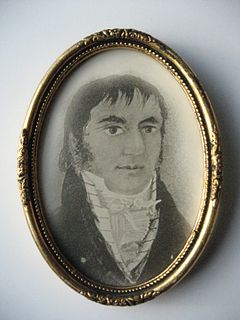
Arent Bjørnsen Solem was a Norwegian merchant and a prominent member of the Haugean Movement (haugianere).
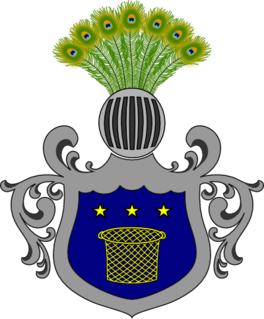
Brodtkorb is a Norwegian family.
Tromsø Estate (Tromsøgodset) was an estate located in Troms, Norway. It was once part of the more sizable Irgens Estate.
Events in the year 1754 in Norway.
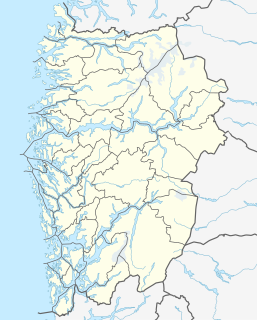
Frønningen is a village in Lærdal Municipality in Vestland county, Norway. It is located in the far northwestern corner of the municipality, east of where the Aurlandsfjorden empties into the main Sognefjorden. Prior to 1992, this area was a part of the old Leikanger Municipality, but on 1 January 1992 it was transferred to Lærdal Municipality. Frønningen only had 17 inhabitants in 2001, and there is no outside road connection. The only access to Frønningen is by a ferry that goes between the three villages of Kaupanger, Frønningen, and Gudvangen.
Melchior Michaelsen Falch was a Norwegian jurist and magistrate in the municipality of Sogndal in Sogn og Fjordane, Norway. He was interested in promoting fisheries, and in 1775 he received an award for a work on Norwegian fisheries.
Kristian Peder Moursund was a Norwegian lawyer and Storting representative. He was a member of the Liberal Party.

Løvenborg is a manor house and estate at Holbæk, Denmark.
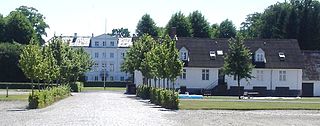
Lilliendal is a manor house and estate located at Vordingborg in southeastern Denmark. The estate covers approximately 800 hectares of mostly farmland.